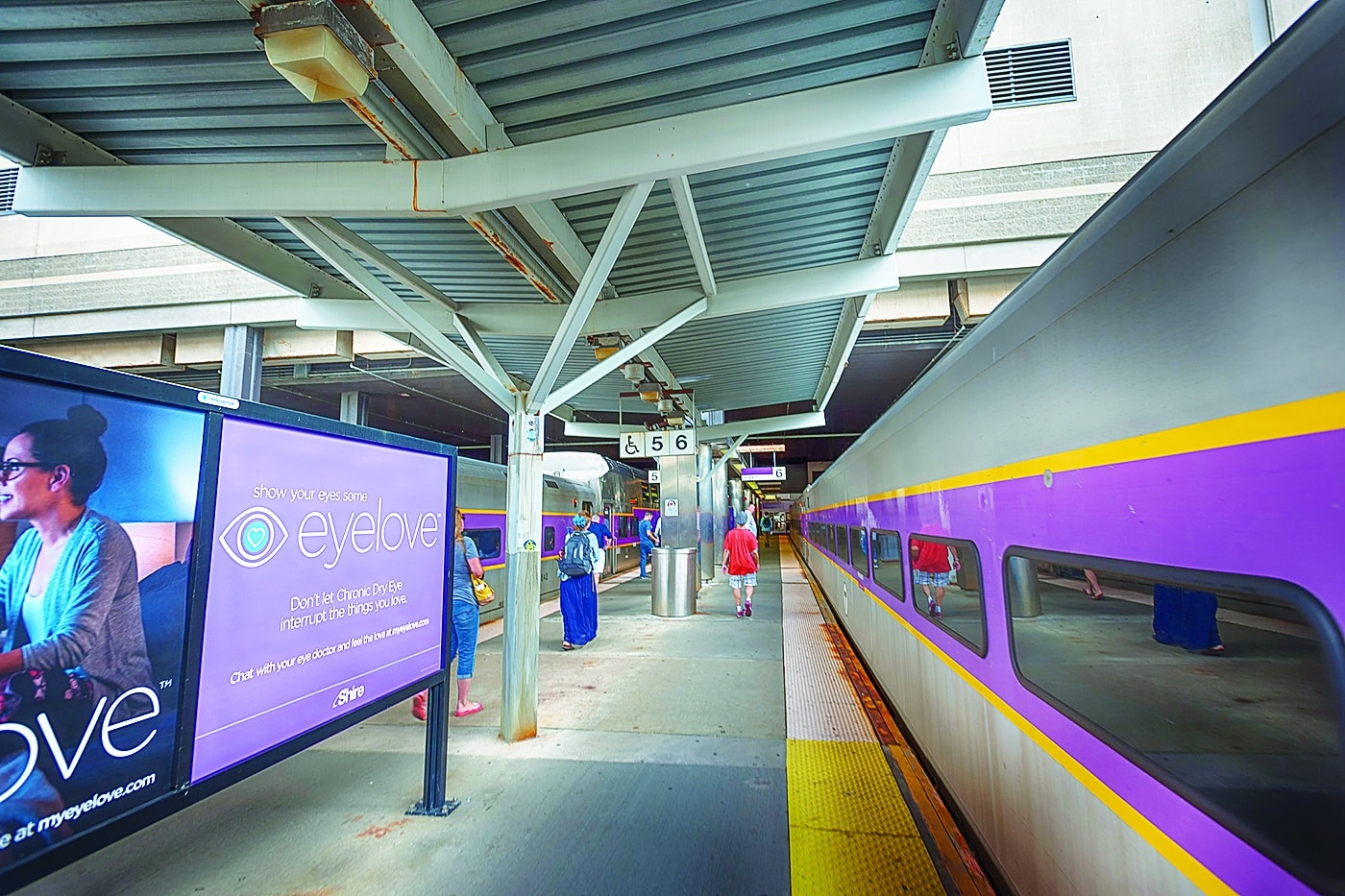Neither the T, nor the federal government, nor the state has committed to SSX. Right now it's just a proposal/pet project from a few people at MassDOT and the Legislature, and there have been basically no substantial updates in around 10 years. If the fact-sheet is to be believed, a major motivation was to increase layover capacity at South Station itself, but with Widett Circle going ahead that would seemingly make that a non-issue. Saying that the T would "rather spend money on SSX" is misleading at best.
If there is one person who WOULD rather do SSX than NSRL, it's very clearly Steven Lynch, and it seems he's pressing on some of the other key stakeholders. Today from the globe:
A South Station expansion? Some are optimistic after visit from Postal Service head.
What would it take to persuade the US Postal Service to move out of the way? We may soon find out now that Postmaster General Louis DeJoy seems ready to play “Let’s Make a Deal.”
DeJoy and his entourage quietly visited Boston to get negotiations going earlier this month, first to meet with Lieutenant Governor Kim Driscoll at the State House. DeJoy and his crew later reconvened in a private meeting over lunch with state Transportation Secretary Monica Tibbits-Nutt, Amtrak chief executive Stephen Gardner, and a number of top aides.
Playing a key role in all of this was congressman Steve Lynch, a longtime proponent of a South Station expansion. He helped make this event happen — and he left the meeting with DeJoy feeling more optimistic than ever that a deal could get done.
[...]
Lynch has been down this track before. If you follow Boston politics, you probably have, too. The South Station saga dates back two decades, to when the dust was still settling from all that Big Dig construction next door.
But the congressman maintains he is more hopeful than ever.
After all, DeJoy wouldn’t come all the way to Boston just to say no, right? Now that Lynch and the Healey administration have DeJoy’s attention, they need to figure out a deal that will get him to say yes.


